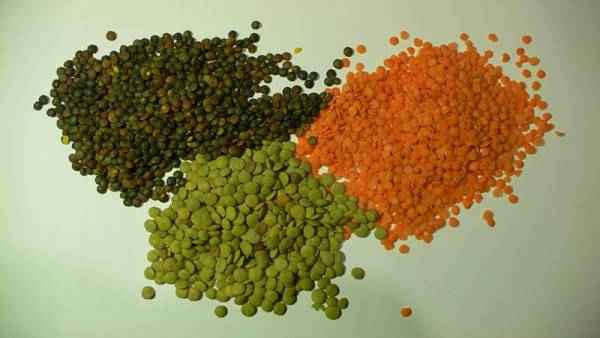I always assumed that these products were healthier and more natural, not containing any suspicious ingredients and things you couldn't pronounce! Well, wake up people, (slaps self) these products are no more safer than any other products that are not 'baby' products.
So because I am trying to make my home as chemical free as possible I have started to make most of my baby products.
- I have made my own diaper wipe spray and re-usable wipes from old clothing! (way to use up clothes that are old and don't fit!!)
- I am currently (as in it's on my stove waiting to cool down) making a herbal shampoo/body wash.
- I use coconut oil as a diaper cream and will be making a diaper 'balm' soon too!
BABY POWDER
yes, you can make your own baby powder for like pennies per use (literally ~ oh wait pennies are discontinued here ...hmm ok well you get the idea!)
If you don't know yet - baby powder is very harmful if you inhale it...and umm you think babies don't inhale stuff?? Duh!!
Read about it here: http://en.wikipedia.org/wiki/Baby_powder
Anyway...so with that, here is my recipe EASY EASY!! I promise!
3-4 Tbsp Corn Starch
5 drops Lavender essential oil
5 drops Grapefruit essential oil
or any other combination that you like!
Mix and put in a 'shaker' container and that's it!!
Now use anywhere you would use baby powder...I even like it for using for underarms as a deodorant/anti-perspirant!
The only drawback is that is does clump a bit more, but hey it's still a better option!
If anyone knows of what would stop the clumping, let me know!



